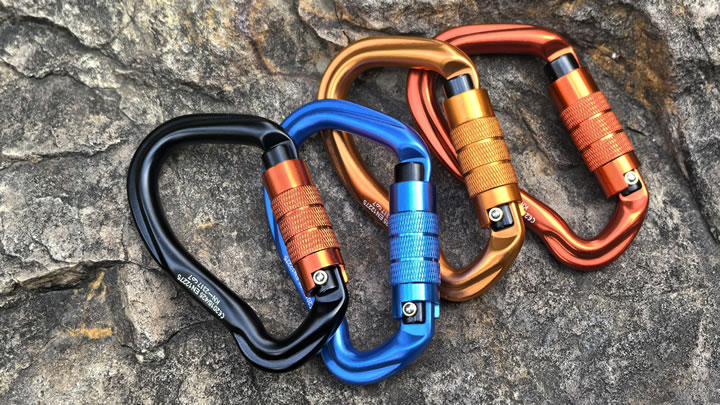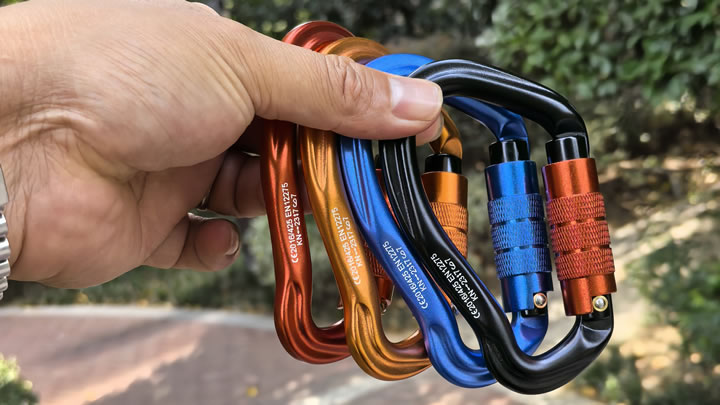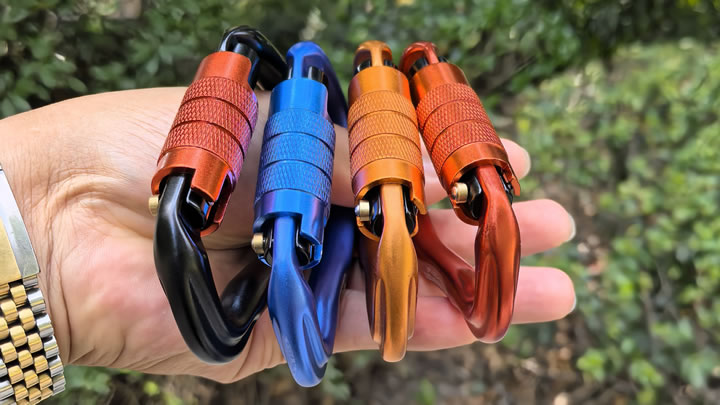How to Fix a Sagging Hammock (Quick Adjustments)
There's nothing quite as disappointing as settling into your hammock, only to find that it sags uncomfortably, making you feel like you're on the verge of hitting the ground. A sagging hammock not only affects your relaxation but can also pose safety risks. Fortunately, there are several quick adjustments you can make to get your hammock back in top shape.

Check the Hanging Hardware
The first step in fixing a sagging hammock is to inspect the hanging hardware. This includes ropes, straps, chains, and any knots or fasteners. Over time, ropes and straps can stretch, especially if they are made of natural materials like cotton or hemp. Synthetic materials such as nylon or polyester are generally more resistant to stretching but can still experience wear and tear.
If you're using ropes, check for fraying or weak spots. A frayed rope is not only more likely to break but can also contribute to sagging as the fibers are no longer holding together effectively. If you find any issues, it may be time to replace the rope. When choosing a replacement, opt for a high - quality, strong rope that is suitable for the weight capacity of your hammock.
For straps, ensure that the buckles or adjusters are tight. Sometimes, these can come loose over time, causing the hammock to sag. Tighten the buckles or use a tool like a screwdriver to tighten any screws if your straps have adjustable mechanisms. Chains should also be checked for rust or damage. Rust can weaken the links, and a damaged chain may not distribute the weight evenly, leading to sagging.
Adjust the Hanging Height
The height at which your hammock is hung can have a significant impact on its sag. In general, the higher you hang the hammock, the less it will sag. However, it's important to find a balance between a non - sagging hammock and a height that is safe and convenient for you to get in and out of.
If you're using trees as anchor points, you can try moving the attachment points higher up the tree. This will increase the tension in the hammock and reduce sag. When adjusting the height, make sure that the trees are strong enough to support the increased tension. If you're using a hammock stand, check if it has adjustable height settings. Some stands allow you to raise or lower the height of the hammock, which can be a quick and easy way to reduce sag.
Re - evaluate the Hanging Angle
The angle at which your hammock is hung is also crucial. A hammock that is hung too horizontally will sag more, while one hung at too steep an angle may be uncomfortable and unstable. The ideal hanging angle is around 30 degrees from the horizontal.
To check the angle, you can use a simple tool like a smartphone app with a built - in clinometer or a carpenter's level. If the angle is off, you may need to adjust the position of the anchor points or the length of the hanging hardware. For example, if the hammock is too horizontal, you can shorten the ropes or straps on one side to increase the angle.
Add Additional Support
If your hammock is still sagging after adjusting the height and angle, adding additional support can be a great solution. One option is to use a hammock spreader bar. A spreader bar is a rigid bar that is placed across the ends of the hammock, keeping it open and distributing the weight more evenly. This can significantly reduce sagging, especially for hammocks without built - in support systems.
Another way to add support is by using multiple attachment points. Instead of just two anchor points, you can use three or more. This distributes the weight over a larger area and can help to reduce sag. For example, if you're hanging the hammock between two trees, you can add a third attachment point to a nearby post or another tree.
Consider the Hammock Material
The material of your hammock can also contribute to sagging. Some materials, like lightweight nylon, are more prone to stretching than others. If your hammock is made of a stretchy material and is sagging, you may want to consider replacing it with a more durable, less stretchy option.
Canvas hammocks, for instance, are generally more resistant to sagging as they are made of a heavier, more rigid fabric. However, they may also be heavier and less breathable than nylon. Polyester blends are another good option, as they combine the strength of polyester with some of the flexibility of other materials.
Regular Maintenance
Once you've fixed the sagging issue, it's important to perform regular maintenance on your hammock to prevent it from sagging again. This includes checking the hanging hardware regularly for signs of wear, tightening any loose parts, and inspecting the hammock material for tears or holes.
If your hammock is used outdoors, it's especially important to protect it from the elements. Exposure to sunlight, rain, and wind can cause the material and hardware to degrade more quickly. You can use a hammock cover when the hammock is not in use to protect it from UV rays and moisture.
By following these quick adjustments and maintenance tips, you can ensure that your hammock remains comfortable and safe for years to come. Remember, a well - maintained hammock is not only more enjoyable to use but also less likely to cause accidents due to sagging or hardware failure.






